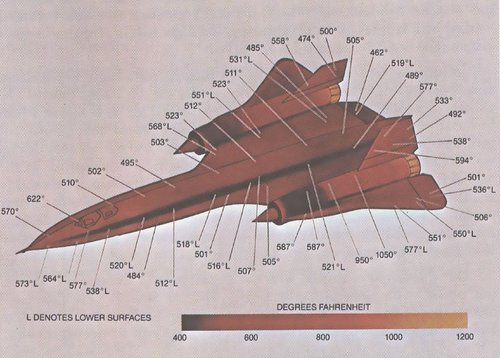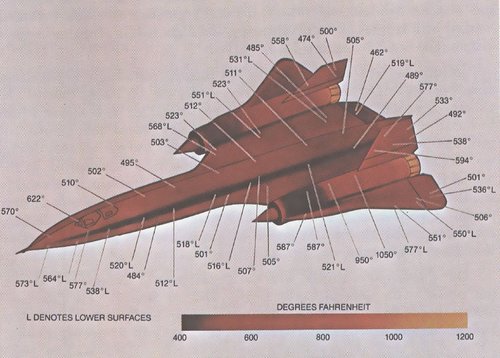djfawcett
With Enough Power, Anything Will Fly
- Joined
- 16 December 2012
- Messages
- 273
- Reaction score
- 416
Oh c'mon yourself. Nobody. nobody is going to use ablative technology on a commercial aircraft. And you are the one the tied One to the mach 3 vehicle, when in fact there is no commonality - you were making the point that Spaceship One didn't need titanium to fly mach 3. You are right, it needed ablative technology. Talk a look at the thermal map of an SR-71. That is the aero heating that will be encountered. And last but not least, there is no way to hide from the aero heating in a mach 3 cruise condition.Oh c'mon...
The point is to assess if yes or not it's mission critical for such a private business jets...
Obviously, no. Aero heating of the LE won't prevent such design.



